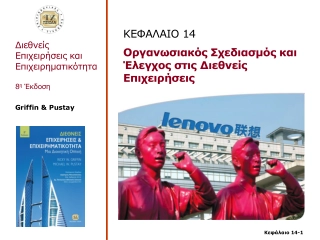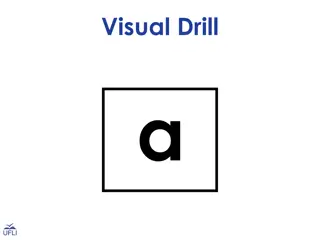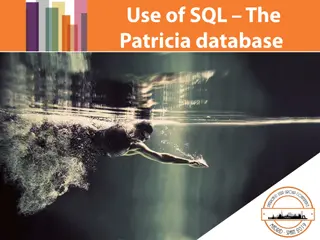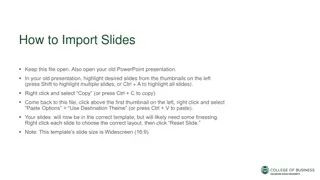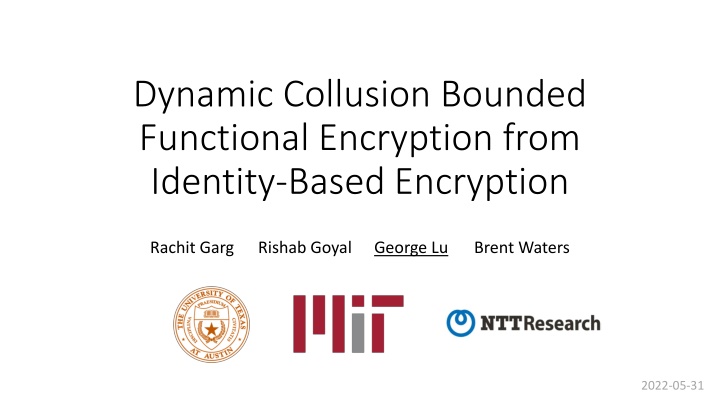
Dynamic Collusion Bounded Functional Encryption Insights
Explore the realm of dynamic collusion bounded functional encryption, discussing its setup, security, limitations, and theoretical perspectives. Learn about key generation, encryption, decryption, and more in this innovative cryptographic domain.
Download Presentation

Please find below an Image/Link to download the presentation.
The content on the website is provided AS IS for your information and personal use only. It may not be sold, licensed, or shared on other websites without obtaining consent from the author. If you encounter any issues during the download, it is possible that the publisher has removed the file from their server.
You are allowed to download the files provided on this website for personal or commercial use, subject to the condition that they are used lawfully. All files are the property of their respective owners.
The content on the website is provided AS IS for your information and personal use only. It may not be sold, licensed, or shared on other websites without obtaining consent from the author.
E N D
Presentation Transcript
Dynamic Collusion Bounded Functional Encryption from Identity-Based Encryption Rachit Garg Rishab Goyal George Lu Brent Waters 2022-05-31
Functional Encryption Setup f
Simulation Security f1 m f1, f2, f3 mpk msk f2 f3 f1, f2, f3 f1(m), f2(m), f3(m)
Bounded Collusion Functional Encryption [SS10, GVW12] Specify a maximum number of keys q at setup time f1 Security only holds for q keys f2 Keygen q fq
Bounded Collusion FE Easier to construct Sufficient for many applications Prior work [CHK06, GLW12, GKPVZ13, GHRW14, AR17, Agr17, AS17, GKW18, CVW+18, KMUW18, AMY19, GSW21, Wee21, SS10, GVW12, AV19, ]
Limitations of Bounded Collusion FE Stuck with ? at setup Security completely broken when > ? keys corrupted Encryptors need to agree on ?
Theoretical Perspective Unbounded simulation security is impossible! [O N10, BSW11] Intuition Can t embed unbounded # of function outputs into ciphertext Impossible when ciphertext is o(q) for q keys. Indistinguishability-based security for FE Unbounded keys from iO [GGH+13, Waters14] Ciphertext size O(q1- ) can be bootstrapped to iO [AJS15, BV15]
Theoretical Perspective Unbounded simulation security is impossible! [O N10, BSW11] Intuition Can t embed unbounded # of function outputs into ciphertext Impossible when ciphertext is o(q) for q keys. Indistinguishability-based security for FE Unbounded keys from iO [GGH+13, Waters14] Ciphertext size O(q1- ) can be bootstrapped to iO [AJS15, BV15]
Dynamic Bounded Collusion FE Setup Keygen Enc Dec
Dynamic Bounded Collusion FE Static Dynamic Single setup for any collusion Stuck with ? at setup Security not compromised as soon as > ? keys corrupted Security completely broken when > ? keys corrupted Encryptors can dynamically adjust Encryptors need to agree on ?
Results Defining dynamic bounded-collusion function encryption IBE implies dynamic bounded-collusion functional encryption Concurrent Work - AMVY21 (Crypto 21) Also constructs dynamic bounded FE from IBE Extends dynamic FE to uniform models (TMs, NL) from LWE using succinct 1-key FE [GKPVZ13].
Sequence of Transformations Static FE* Dynamic FE Tagged FE IBE Compress Setup Compress Keygen Setup oblivious to q *Setup and Keygen Polylogarithmic in q
Tagged (Bounded) Functional Encryption q = 2, tag space = 4 Analogy to bounded FE of IBE for PKE Keys and ciphertexts associated with tag Can only decrypt matching tags Runtime polylogarithmic to tag space
IBE to Tagged Functional Encryption Starting point Static-bounded functional encryption schemes from PKE [SS10, GVW12, AV19] SS10 1-bounded static functional encryption from P/poly GVW12 q-bounded static functional encryption for NC1 AV19 q-bounded static functional encryption for P/poly
IBE to Tagged Functional Encryption ??????? ??????? m ???1 ???1 skf ???2 ct ???3 ???3 ???4
IBE to Tagged Functional Encryption ??????? ??????? m id = 1 ??? skf ct id = 3
IBE to Tagged Functional Encryption ??????? ??????? m id = 1, tag ??? skf ct id = 3, tag
Tagged FE to Static FE* q Run tagged scheme Tag space = q Collusion bound = q
Tagged FE to Static FE* q Run tagged scheme Tag space = q Collusion bound = Keygen selects one random tag each time Encrypt runs for all tags q
Static FE* to Dynamic FE Powers of 2 Trick Setup, Keygen for all schemes 2 8 4 2 1
Static FE* to Dynamic FE Powers of 2 Trick Setup, Keygen for all schemes Encrypt one - to closest (larger) power of two 2 8 4 2 1
Summary Results: Introduce dynamic bounded-collusion functional encryption Build dynamic FE for P/poly from IBE Open questions: Transforming any static FE schemes to dynamic Upcoming work (on eprint)- static to tagged FE generically Any further gap to close? Additive dependence on collusion bound ala [AR17]?

